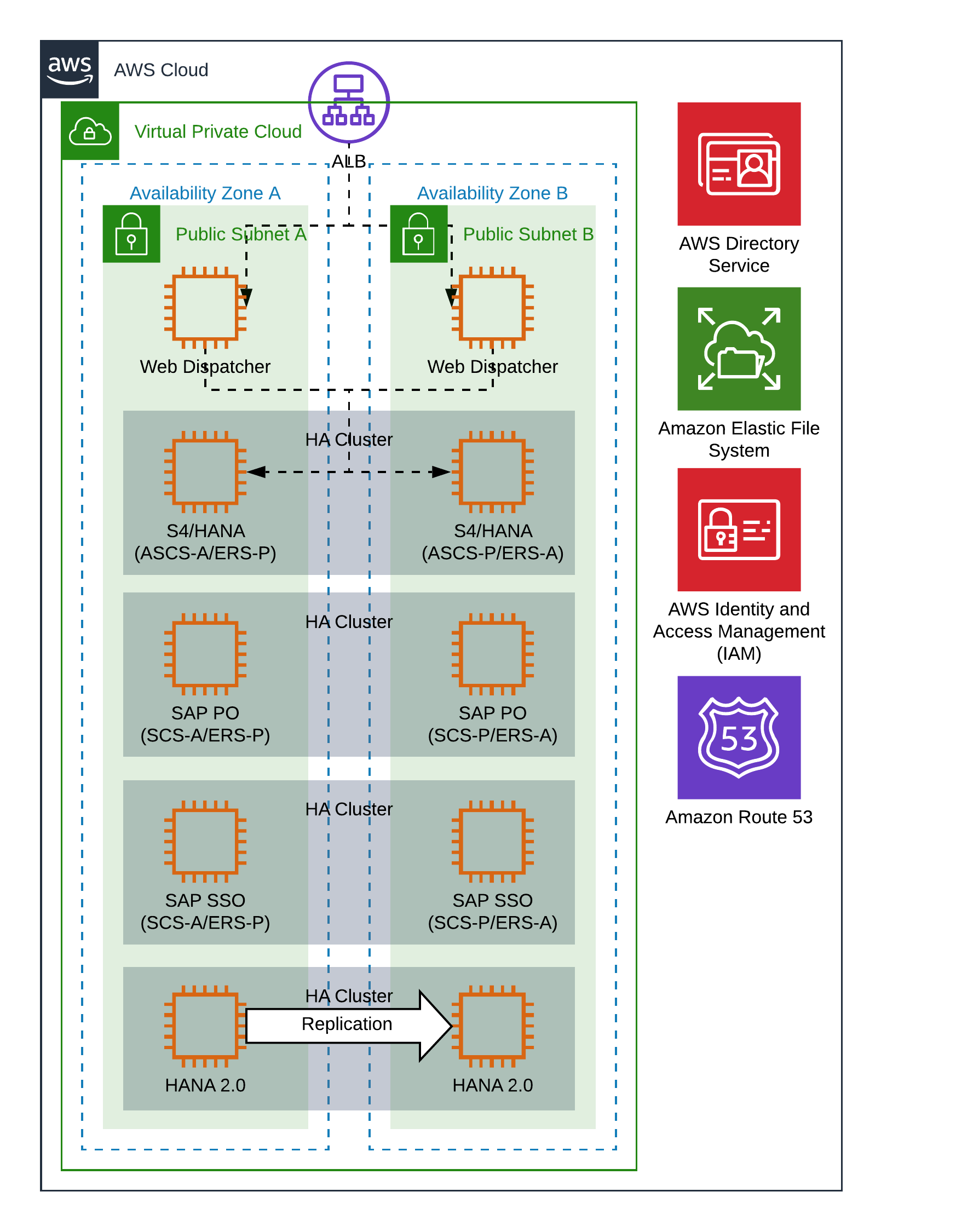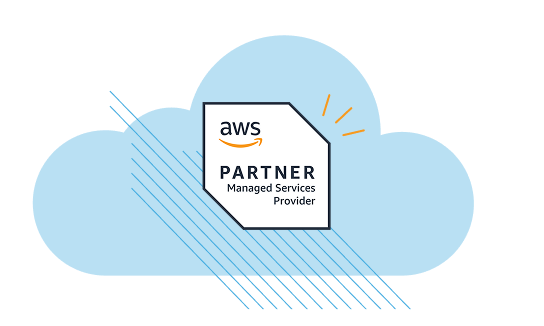Seamless Cloud Transformation: Repligen's Journey from SAP HANA to AWS

Challenge
Repligen wanted to begin leveraging the cloud but did not have the expertise to migrate or modernize its complex SAP solution.
Solution
ClearScale deployed SAP S/4 HANA in the cloud and implemented a SUSE Linux Enterprise Server to implement highly available Linux clusters.
Benefits
By moving to the cloud, Repligen has freed up IT resources, increased productivity, and reduced expenditures.
AWS Services
Amazon Route 53, AWS Direct Connect, AWS VPN, Amazon Elastic Block Store, Amazon Elastic File System, Amazon EC2
Executive Summary
Repligen is a bioprocessing-focused life sciences company based in Boston, Massachusetts. It develops and manufactures products for the biopharmaceutical industry and markets them globally.
To enhance business continuity, scalability, and availability, the company wanted to move its on-premises relational database management system to the AWS Cloud. Because of its system’s complexity and the fact that many of its applications weren’t cloud-native, it was going to be a difficult undertaking. With the help of ClearScale, the cloud migration was successful, the applications are performing optimally, and Repligen is reaping the cost savings and other benefits associated with AWS Cloud services.
The Challenge
Repligen wanted to take advantage of the well-documented benefits of the AWS Cloud. However, it relies heavily on SAP HANA, an in-memory, column-oriented database, to run its enterprise resource planning (ERP) applications. It’s a complex, enterprise-grade system whose applications typically run on traditional data center infrastructure. They simply aren’t written to perform their best in a cloud environment. Moving them to an AWS Cloud environment would require significant changes.
It was determined that the best course of action was to build its SAP applications using high availability (HA) extensions on SUSE Linux and take advantage of AWS’s multiple Availability Zones and managed services. But that wasn’t going to be easy. It would require highly specialized expertise in using AWS Cloud services and Linux, as well as the ability to use industry and AWS best practices. ClearScale brought both to the project.
The Solution
After reviewing the customer’s requirements and business needs, ClearScale developed a solution for deploying SAP S/4 HANA in the AWS Cloud. SAP S/4 HANA, a real-time ERP suite built on SAP HANA, streamlines product lifecycle management, speeds up product engineering processes, and much more. Running it on AWS yields even more benefits, including no upfront cost or commitment for compute, storage, or network infrastructure.
SUSE Linux Enterprise Server (SLES) was used to implement highly available Linux clusters, while SAP HANA system replication, a standard feature of SAP HANA, serves as a reliable HA and disaster recovery solution.
In addition, the solution uses the following:
At the network level:
- Amazon Route 53, a highly available, scalable cloud Domain Name System (DNS) web service. It helps ensure the ability to consistently to route end users to applications by circumventing any internet or network-related issues.
- Application Load Balancers, which distribute incoming application traffic across multiple targets in multiple Availability Zones.
- AWS Direct Connect, a cloud service that makes it easy to establish private connectivity between AWS and the customer’s location.
- AWS Virtual Private Network (AWS VPN), which establishes a secure private tunnel from the customer’s network to the AWS global network.
At the compute level:
- SAP Fiori, which provides applications used in regular business functions such as calculation apps and various self-service apps.
- SAP PO (Process Orchestration), to model and design business processes.
- SAP Secure Login Server, a central service that provides X.509v3 certificates to users and application servers for authentication to the customer’s SAP and non-SAP business systems.
- Sap Web Dispatcher, which serves as a “software web switch” and rejects or accepts connections. When it accepts a connection, it balances the load to ensure even distribution across the servers.
At the storage level:
- Amazon Elastic Block Store (Amazon EBS), highly available and reliable storage volume that can be attached to any running instance in the same Availability Zone.
- Amazon Elastic File System (Amazon EFS), which provides simple, scalable file storage for use with Amazon EC2 instances in the AWS Cloud.
How It Works
The solution works by installing SLES pacemaker clusters in an AWS region, which consists of multiple Availability Zones. Spreading clusters across multiple zones helps overcome individual zone failures. Using AWS IP Overlay routing, traffic is routed to any EC2 instance in a Virtual Private Cloud (VPC) no matter which subnet or Availability Zone it’s in.
Once the SAP HANA system replication is configured, each HANA internal process connects to its counterpart in the secondary AZ. All logged changes on the primary node are continuously replicated to the secondary node.
While the system replication is running, the secondary node is ready to take over with data already preloaded into memory. This also allows for automatic failover of application in case of any component failure or planned maintenance.
Architecture Diagram

The Results
With the solution now implemented, Repligen is confident that it made the right move. It’s getting maximum value from its move to AWS. That includes transitioning from capital expenses to operating expenses. The solution has also freed up resources previously devoted to routine tasks such as traditional platform maintenance. Those resources can now be used for more strategic endeavors.
In addition, Repligen has peace of mind knowing that the enhanced business continuity of the solution means its employees, no matter where they are located, have uninterrupted access to the essential data and applications. That translates into greater productivity and helps reduce time to market.
